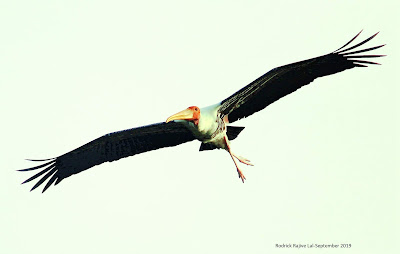Some of the old and well-known schools today continue to be schools of choice for many parents simply because their stamp of success continues to glow! They were once well-known brands and admissions in them were much coveted. You graduated from them and then proudly announced your educational provenance. Stickers are proudly displayed on vehicles, a proof that you have been a proud student of so and so school. However, this hold on the minds of aspiring engineers doctors and lawyers has started to fade away with the emergence of quite a few upcoming progressive schools have begun to take centre-stage in the field of education in India today.
New schools are emerging that are innovative, experiential, progressive, and yet successful! They are successful because, in spite of criticism about the use of new -angled concept and ideas, their students are simply different. They are successful, creative, aware, open to new ideas, and appreciated by colleges they get admission to, and later in life, they tend to be more successful professionals. Transcend, a non-profit organisation believes that there are five prerequisites that make these new up-coming progressive schools succeed in educational innovation. These prerequisites include:
- Conviction
- Clarity
- Capacity
- Coalition
- Culture
A strong vision is often the basis for success! One needs to know where one is headed to. School leaders, teachers, students, parents community members and school partners need to share in the common vision. They need to constantly revisit the primary vision of the founding members of the school. It is important to be aware of the 'big idea', the philosophy or the 'Dharma' of the school.
Often it will be seen that there is a lack of clarity about the vision. Poor communication leads to chaos and confusion. The reason why new schools have begun to challenge established schools is that they have clarity about their pedagogical practices, they have clarity about the use of technology, they are clear about their policies whether they are disciplinary, related to admissions, or even teaching practises. The whole year is planned out to the dot, dates of exams, events, holidays, even outings are planned.
A lot of schools have failed to deliver because of over-expansion. Simply filling classrooms with too many students, stretching of resources, having too many classrooms and no fields for sports, all of them are recipes for disaster! Often having a successful record, or achieving fame goes to the head and stakeholders like to cash in on the success by increasing the strength of students while not having the required infrastructure. But then capacity is not just about having more students, it is also about having a work-schedule or a yearly plan that caters to not just teaching but also workshops, picnics, celebrations of success and even community programmes where the community and even family members are invited to the school. An academic calendar needs to have the capacity to accommodate all these events, and also have a buffer for unplanned and unforeseen eventualities. Graveyard shifts, an excessive number of stay backs and having too many workshops will only introduce tedium into the staff.
Strong. vibrant and sharing communities that collaborate without a sense of distress are assets that are nurtured by good schools. Often, good schools fail to deliver when there is a community of professionals who have a fixed mindset. When you stop collaborating with others you stagnate! Often established schools that have a strong hierarchical structure tend to drift away from the mainstream of research and progress in the field of education. One can't help but think about the Calvinistic system of education depicted in many of Charles Dickens novels. A hierarchical structure that is intimidating towards subordinates or even 'newbies' can be detrimental in its rigidity.
Culture is what marks a school apart from the others. Having a strong culture, a feeling of being part of the community, a family can only be possible where there is an atmosphere of clarity, transparency and respect for one another. Handholding, peer-support, buddy-systems, mentorship, and the art of listening rather than speaking can help. Cognitive-coaching and Social-emotional learning practices help to develop a culture of trust and respect. It helps develop a feeling of empowerment and encourages risk-taking.
To know more check out the link posted below:



































